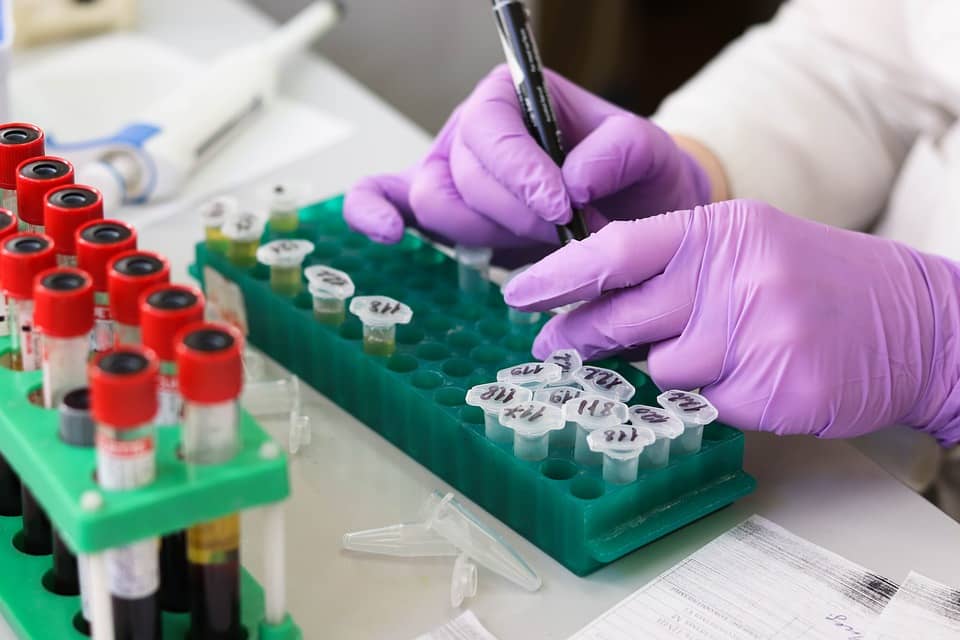Editor’s Note: We believe that patients are a key part of developing and leading the conversation in disease communities. Patient Worthy sometimes partners with reputable agencies that wish to speak with patients about opportunities related to their diagnosed conditions. These opportunities can include activities such as sharing stories with other patients or health professionals about their diagnosis journey or recording video testimonials. To learn more about how to get involved with an opportunity for individuals impacted by ovarian cancer, click the button below.
At one point in her extraordinary life, Alena Analeigh thought that she might become an engineer for the National Aeronautics and Space Administration (NASA). But the 14-year-old prodigy now has other ideas. After she didn’t connect as deeply with her engineering courses as she thought, Analeigh switched gears; she began studying biological sciences and fell in love. Now, reports Jennifer Franciotti of WBAL-TV 11, Analeigh has spent the summer at the University of Maryland School of Medicine performing research on ovarian cancer.
Analeigh has always been entranced by the STEM field. She graduated from high school two years ago at 12 years old and has been finding her way ever since. Now a rising college senior at Arizona State University, her desire to make a change is stronger than ever. She joined the lab as part of a diversity in research program to help improve inclusion, diversity, and equity within the biomedical field. It’s a meaningful mission for Analeigh, whose “Brown STEM Girl Foundation” serves to provide education, growth, and empowerment for girls of color in STEM.
While studying ovarian cancer has been thrilling, Analeigh is looking to her next steps: pursuing a PhD. This summer has inspired her; she is deeply considering coming to the east coast to study viral immunology.
About Ovarian Cancer
As described above, Analeigh is studying ovarian cancer this summer. Just like its name suggests, ovarian cancer forms in the ovary or ovaries—the almond-shaped organs on each side of the uterus that store eggs and produce hormones. Ovarian cancer may manifest as epithelial tumors (90% of all cases), germ cell carcinoma tumors (5% of all cases), stromal carcinoma tumors (5% of all cases), and small cell carcinoma of the ovary (0.1% of all cases). Without treatment, the cancer can spread to other areas of the body such as the liver, lungs, or abdominal lining. Treatment often leverages various medications, chemotherapy, radiation, or surgery; there are also many experimental therapies in clinical studies.
In most cases, the underlying cause is unknown. However, in some individuals, ovarian cancer results from BRCA mutations. Symptoms of ovarian cancer may include:
- Appetite loss and/or feeling unusually full after eating small amounts
- Abnormal uterine bleeding
- Changes in urinary urgency or frequency
- Bloating
- Pelvic pain
- Abdominal distention
- Endometrial hyperplasia
- Tender breasts
- Abnormal vaginal secretions
- Nausea or indigestion







